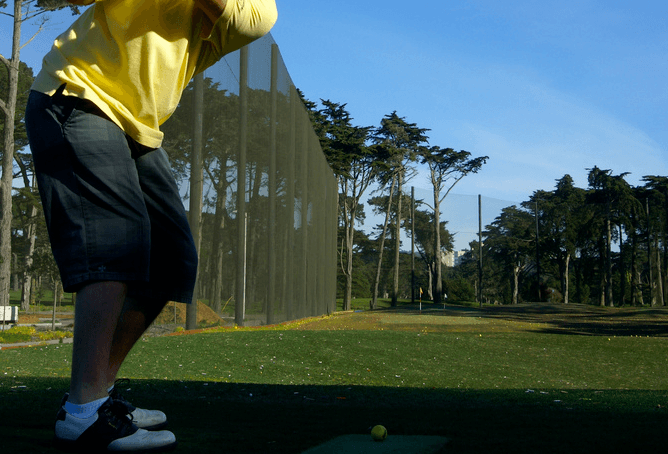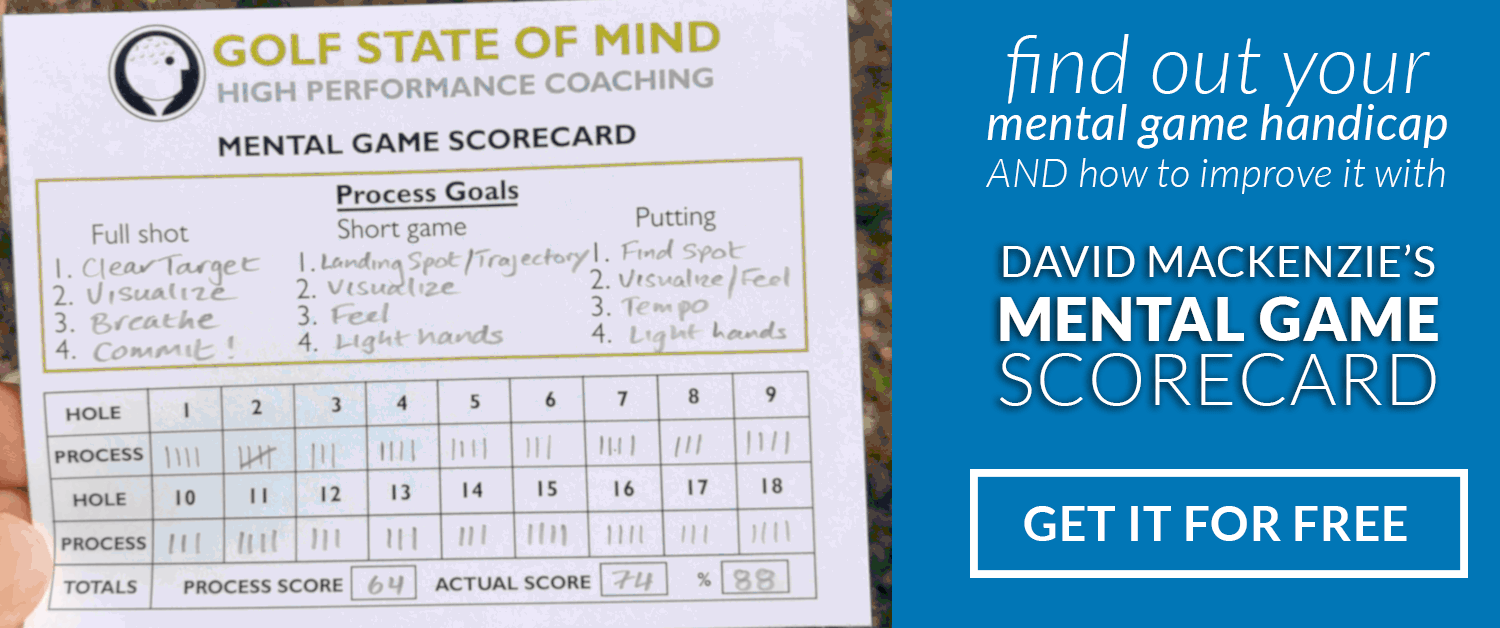
Learning How To Handle Pressure
If you’ve read “The Talent Code” by Daniel Coyle, you’ll know that talent is not simply “God-given”, it’s more likely the result of Effective Practice, and the environment that a student learns and develops a skill.
I speak to many golfers each week, and whether it’s a Tour player or a weekend golfer, they all share the same thing in common. THEY WANT TO GET BETTER
The first 2 questions I ask a new student is:
- What is your goal?
- How do you currently go about improving?
One of the major reasons that golfers get in touch with me is because they feel like there’s a big gap between how they play in practice and how they play on the course. I worked with a student on his short game yesterday and he said “when I’m practicing I’m like a Tour player…but put me under the slightest bit of pressure on the course and it’s like I’m a beginner”.
My follow up question was, “so how much pressure do you put yourself under when you practice? What practice drills for golf do you use? Are there any consequences to missing a shot, or do you just reach for another ball?”
I’ve spent a lot of time at driving ranges over the years and have walked past thousands of golfers. When I ask any of them randomly, “what are you practicing?”, 99% of them will tell me about a new swing move they’re working on, invariably found on You Tube.
This is one of the very reasons that the average handicap has not fallen over the past 25 years, despite infinitely better equipment.
Practice like you play
The students that I get the opportunity to work with improve, not just because I work with them on improving their mental skills, but because I require that they put pressure on themselves when they practice. They “practice like they play”. In fact we make practice harder than play, so “play” feels easier.
When Cameron McCormick was asked how Jordan Spieth became so good at handling pressure at such a young age, he said “it was by design”. He said during every practice session, there would be “consequences” for Jordan not being able to successfully complete the drills he set for him. They would have small wagers on pressure drills (money, dinner, winning a new hat or shirt).
When you’re on the course, EVERY SHOT COUNTS.
For a portion of your practice, this needs to be the same. If you can learn to succeed this way in practice, you’ll learn how to control your focus and keep your mind quiet. If all you’re doing is focusing on your technique, you’re not learning how to do this. The more practice you can get under pressure, the more comfortable you’ll get with it on the course. In practice we want to increase pressure and on the course, we want to reduce it.
Practice drills for golf
There are SO many ways you can challenge yourself with pressure drills while you practice and here are a few of them. If you’re interested in more, check out my How To Practice Like A Tour Pro System.
1. Narrowing fairway drill
Instead of aiming at a general area of the driving range while you work on your technique, simulate the golf course. In fact make it tougher than the course! Start with a fairway 40 yards wide and attempt to get 3 consecutive balls down the fairway with your driver. Then pick another imaginary fairway 30 yards wide and do the same, next a 20 yard wide fairway and finally a 10 yard wide fairway. If you can get to the final stage of this drill, you’re doing very well indeed!
Take this a step further and go out to the hardest driving hole on your local course and try to get 3 (brand new) balls down the fairway.
2. Short game challenge
Hit 10 balls from different locations around the green. (2 bunker shots, 3 flop shots, 5 chips). Set a target of X up and downs (depending on your level of play), if you fail, you face the consequences.
3. Putting challenge
Hit 21 putts. 3 from 3ft, 3 from 4-6 ft, 3 from 6-11ft, 3 from 11-15ft, 3 from 15-20, 3 from 20-25ft and then 3 from 25-35ft (make sure each put is a different putt). Give yourself a challenging target score and try to beat that score. If you don’t reach that score, you face the consequences.
Consequences for failing your challenges
1. Have accountability
All my students send me results of their practice challenges I’ve created for them. Keep a log and share with your coach or someone else.
2. Gamble
If you’ve got a friend practicing with you, put $5 or some other small wager on the line.
3. Use your imagination
Try to visualize a situation in which you would normally feel pressure, like the club championship or big tournament.
4. Increase your heart rate
This is the same thing that happens when you feel pressure on the course. If you don’t feel too self-conscious about this, run on the spot before hitting shots. It’s a great way to simulate the way your body feels when under pressure (an increased heart rate), so you can learn how to relax and get control of it.
5. Keep going!
You can’t leave the practice area until you’ve completed your goal…
6. Make a Sacrifice
Skip a guilty pleasure like dessert if you don’t meet your practice goals (this one gets my junior players attention 😉
Thanks for reading! I hope this article has given you something to think about next time you’re on your way to practice. Time is precious, so be sure to practice in the most effective and purposeful way possible!
Photo courtesy of Georgio


